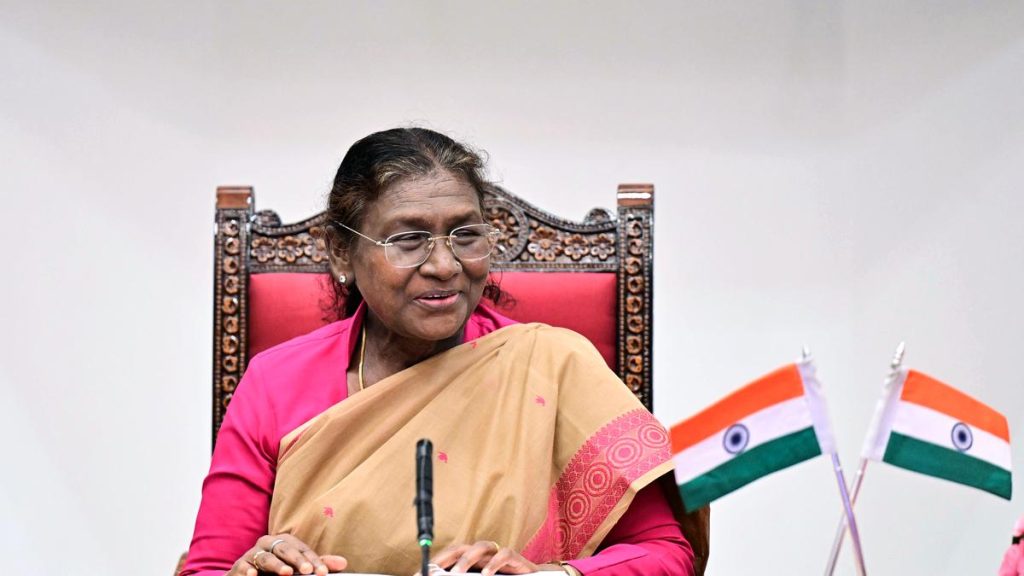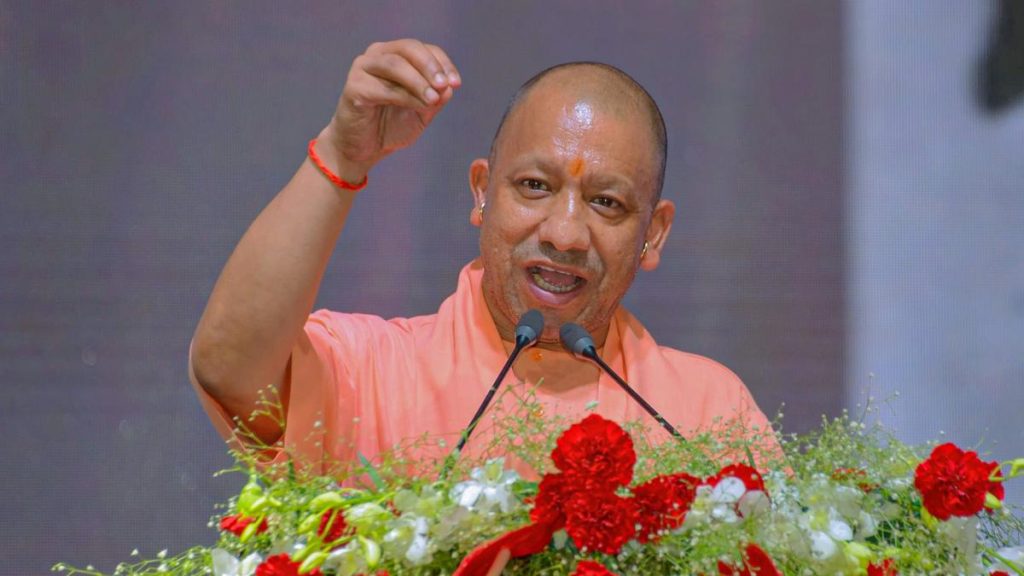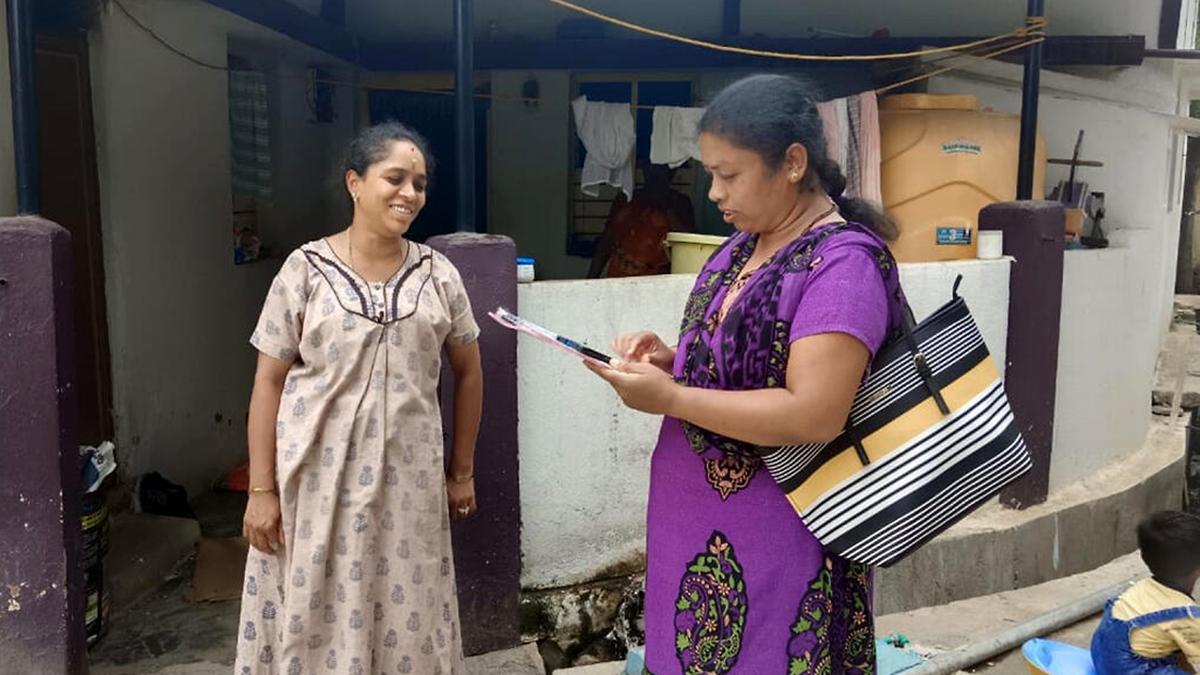Now Reading: TSRTC Achieves Milestone of 200 Crore Free Trips
-
01
TSRTC Achieves Milestone of 200 Crore Free Trips
TSRTC Achieves Milestone of 200 Crore Free Trips
Rapid Summary
- Telangana State Road Transport Corporation’s (TSRTC) Mahalaxmi Scheme celebrates the milestone of providing 200 crore free bus trips to women and transgender persons.
- The scheme, launched on December 9, 2023, covers Palle Velugu, Express, City Ordinary, and Metro Express buses from TSRTC’s fleet of 9,703 buses, including 7,913 designated for this initiative.
- Official data reveals:
– ₹6,680 crore reimbursed by the State government as part of the scheme.- Daily ridership increased by 24% (from 45.49 lakh to 60.08 lakh).
– Women now make up 66.74% of total passengers, up from a previous share of just under half.
– Fleet occupancy improved significantly from november’s 69% to June’s robust figure of 97%.
- Festive events were held at bus depots and stations across Telangana to mark this achievement. Ministers acknowledged contributions by drivers and conductors.
- Deputy Chief Minister Mallu Bhatti Vikramarka stated that RTC has moved from losses towards profitability due to the scheme’s success. Transport Minister noted improvements such as new bus purchases and debt repayments in recent years.
Indian Opinion Analysis
The landmark achievement by Telangana’s TSRTC underlines how targeted welfare policies can drive notable social impact while revitalizing key public services like transportation. The Mahalaxmi Scheme not only promotes inclusivity for women and transgender individuals but also showcases how accessibility reforms result in measurable operational benefits-such as rising passenger numbers and enhanced fleet occupancy.
The financial reimbursement model is critical here; effective budget allocations have enabled infrastructural investments like bus purchases while stabilizing RTC operations that once struggled with deficits. This conversion could serve as a template for other states seeking both public service enhancements and economic sustainability within thier transport sectors.
Further implications include strengthened mobility networks aiding socio-economic empowerment-evident in women’s increased use for employment or daily living needs-and potential long-term urban impacts like reduced private vehicle dependency or traffic congestion over time.
For further details: Read more
























